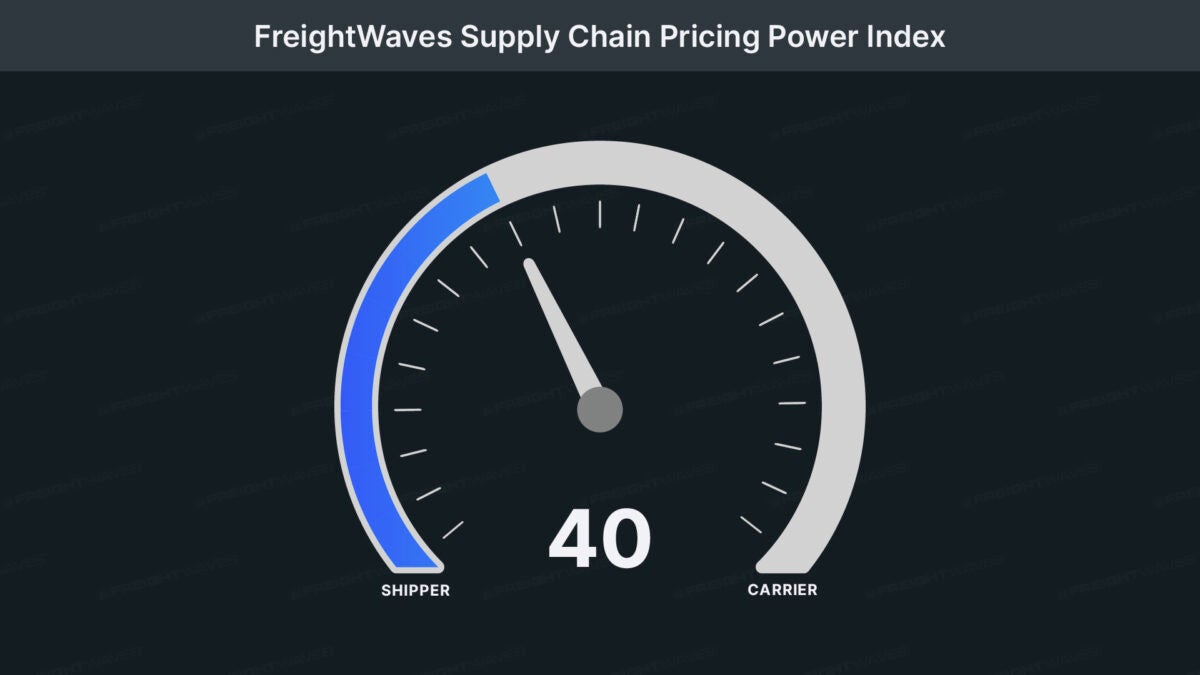
# Global Carbon Emissions Reach New Heights in 2024: Immediate Measures Required
**Summary:**
The most recent Global Carbon Budget report, released in *Earth System Science Data* on November 13, 2024, indicates that global carbon dioxide (CO2) emissions from fossil fuel sources have hit a record **37.4 billion tonnes** in 2024. When accounting for emissions resulting from land-use changes, the aggregate CO2 emissions have surged to **41.6 billion tonnes**, highlighting the urgent necessity for substantial climate initiatives.
With these alarming figures surfacing, the planet persists on a precarious path, with dwindling time to achieve international climate objectives and avert increasingly severe climate repercussions.
### Setting New Records
As global leaders gather for the 29th United Nations Climate Change Conference (COP29), the **Global Carbon Project**’s updated figures deliver unsettling news regarding worldwide carbon emissions. The 2024 report reveals that CO2 emissions from fossil fuel combustion have increased by **0.8%** compared to 2023, reaffirming that the world has not yet peaked in its emission levels.
Professor **Pierre Friedlingstein** from Exeter’s Global Systems Institute and the principal author of the report, stressed the critical nature of the scenario:
> “The effects of climate change are becoming more pronounced, yet there is still no indication that fossil fuel burning has reached its peak. Time is running out to fulfill the Paris Agreement objectives.”
The Paris Agreement seeks to restrict global warming to significantly under 2°C, striving to limit it to **1.5°C**. However, as CO2 emissions persist in increasing globally, the necessity for comprehensive, large-scale actions now feels more pressing than ever.
### A Nuanced Landscape
The report illustrates a nuanced view of the global emissions environment. While total emissions show an upward trend, they are not uniformly distributed across different sectors or regions. There are marked discrepancies in fossil fuel usage and development strategies across various areas.
Analyzing emissions by fuel type, the report anticipates the following rises in 2024:
– **Coal emissions**: Increase by **0.2%**
– **Oil emissions**: Increase by **0.9%**
– **Gas emissions**: Increase by **2.4%**
Concurrently, distinct nations and regions exhibit varied patterns in their global emissions contributions:
– **China**: Accounting for almost one-third of global emissions at **32%**, the country is expected to see a minor increase of **0.2%** in 2024.
– **United States**: Demonstrating some advancement, the U.S. anticipates a reduction in emissions by **0.6%**, even as it remains the second-largest emitter, contributing **13%** of global emissions.
– **India**: As the third-largest emitter, India forecasts a troubling emissions rise of **4.6%**, despite increasing renewable energy usage.
– **European Union (EU)**: The EU displays the most significant progress in cutting emissions, with a forecasted **3.8%** decline, partly credited to enhanced energy efficiency and shifts towards renewable energy.
### A Race Against Time
The implications of rising emissions are dire. At the current rate, scientists estimate a **50% likelihood** that global warming will consistently surpass the **1.5°C limit** within about **six years**. Exceeding this threshold would yield more frequent and intense climate extremes, widespread ecological disturbances, and increasingly perilous living conditions for numerous communities.
Although the overall trend remains concerning, the report also points out emerging positive developments. Renewable energy sources, particularly wind and solar, are witnessing accelerated adoption, and **electric vehicles (EVs)** are gaining traction, reducing some reliance on fossil fuels. Nevertheless, global emissions continue on an upward trajectory.
Professor **Corinne Le Quéré** from the University of East Anglia’s School of Environmental Sciences commented:
> “In spite of another increase in global emissions this year, the latest figures reveal signs of extensive climate initiatives, with the rising adoption of renewables and electric vehicles replacing fossil fuels. However, this transition is not occurring swiftly enough to stabilize the climate.”
### Glossary:
– **Carbon Budget**: The maximum amount of carbon dioxide that can be emitted to maintain global warming within a specified temperature limit (like 1.5°C or 2°C).
– **Land-use change**: Modifications in land utilization, such as deforestation or reforestation, leading to alterations in carbon emissions.
– **Carbon Sink**: Systems, whether natural or artificial, like forests or oceans, that absorb more CO2 from the atmosphere than they release.
– **El Niño**: A periodic climate phenomenon marked by increased ocean surface temperatures in the central and eastern tropical Pacific, impacting global weather patterns and influencing carbon absorption.
—
### Quiz:
**1. What are total global